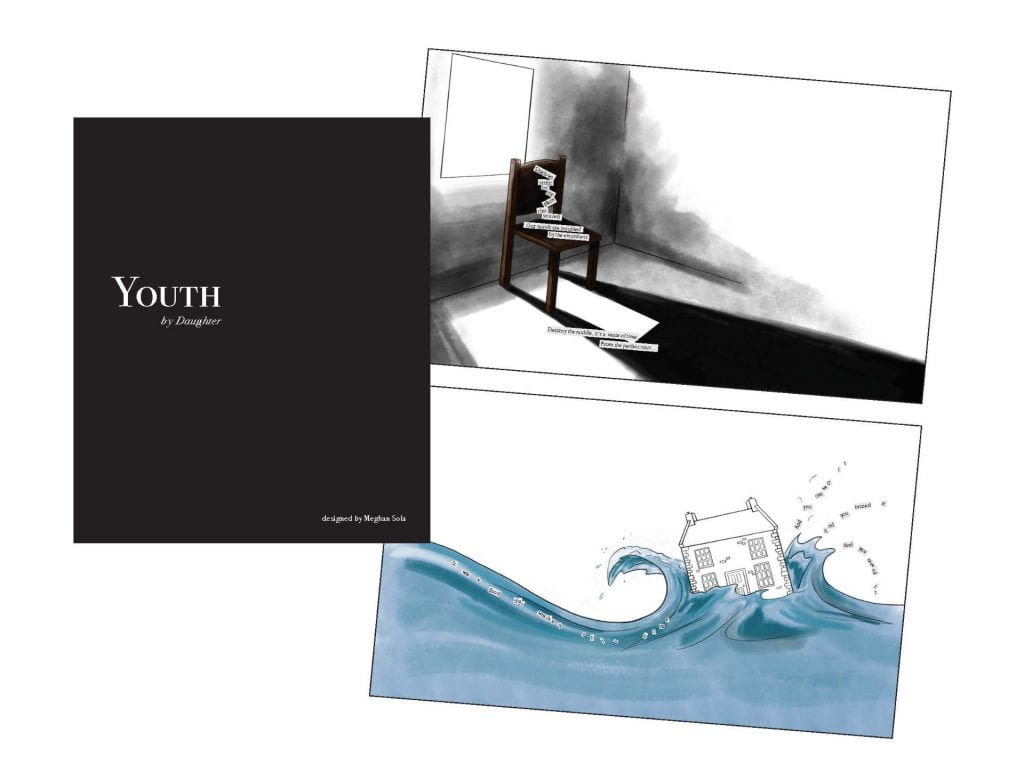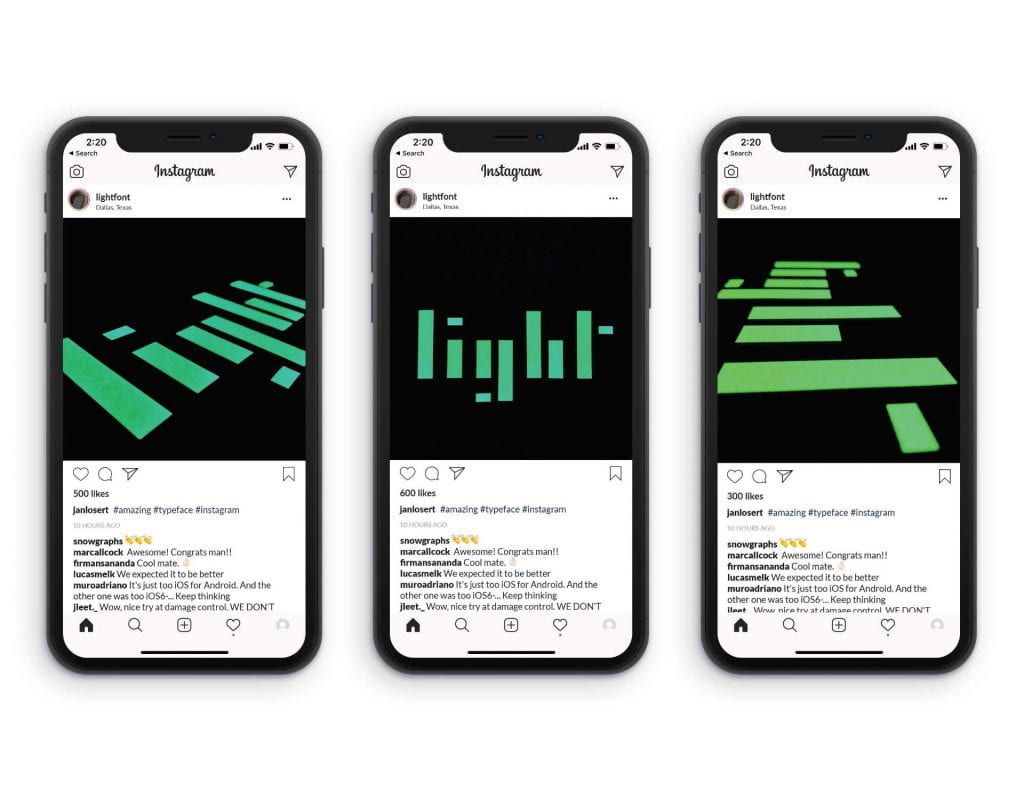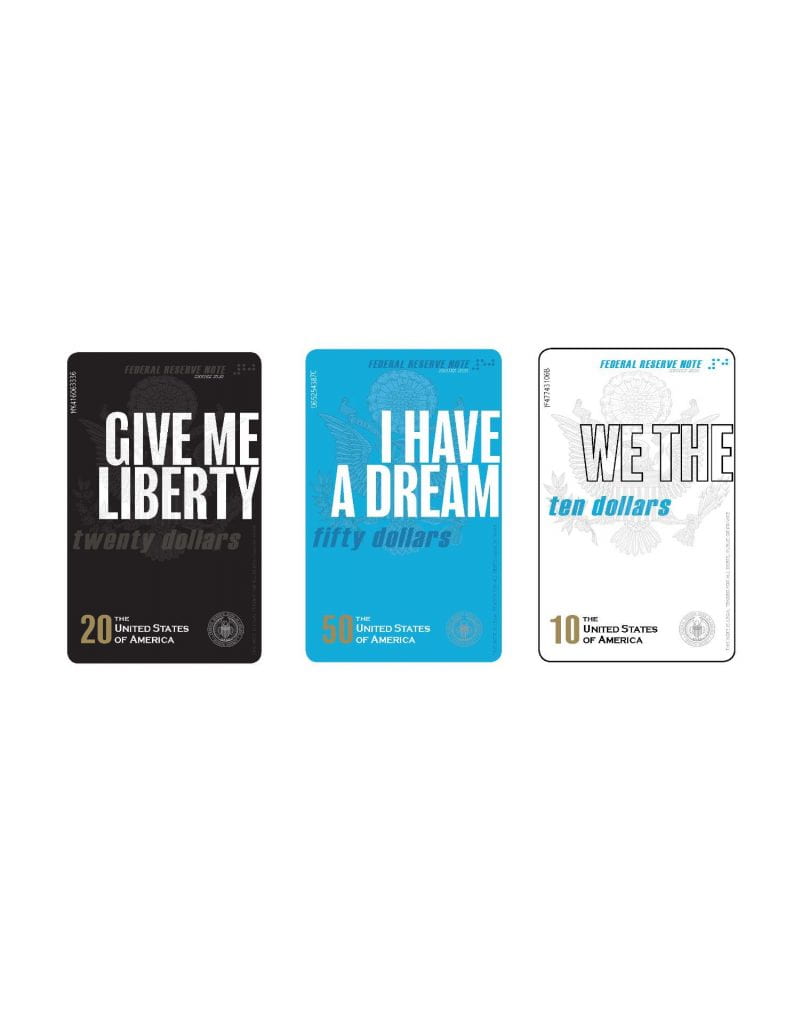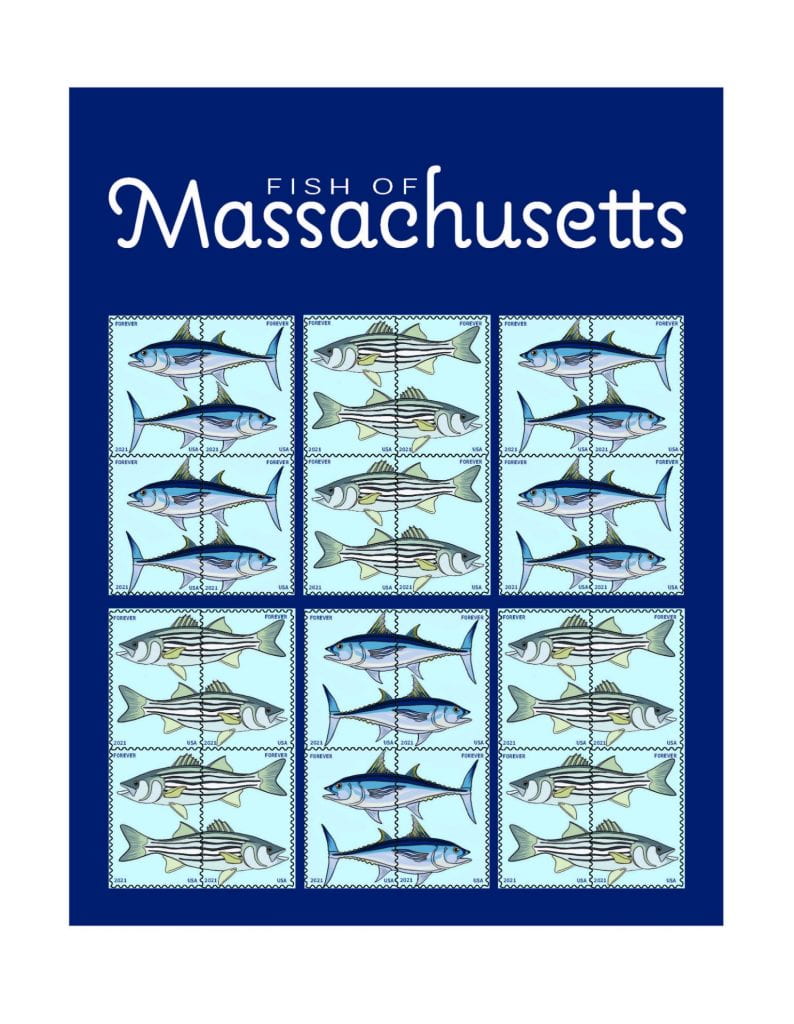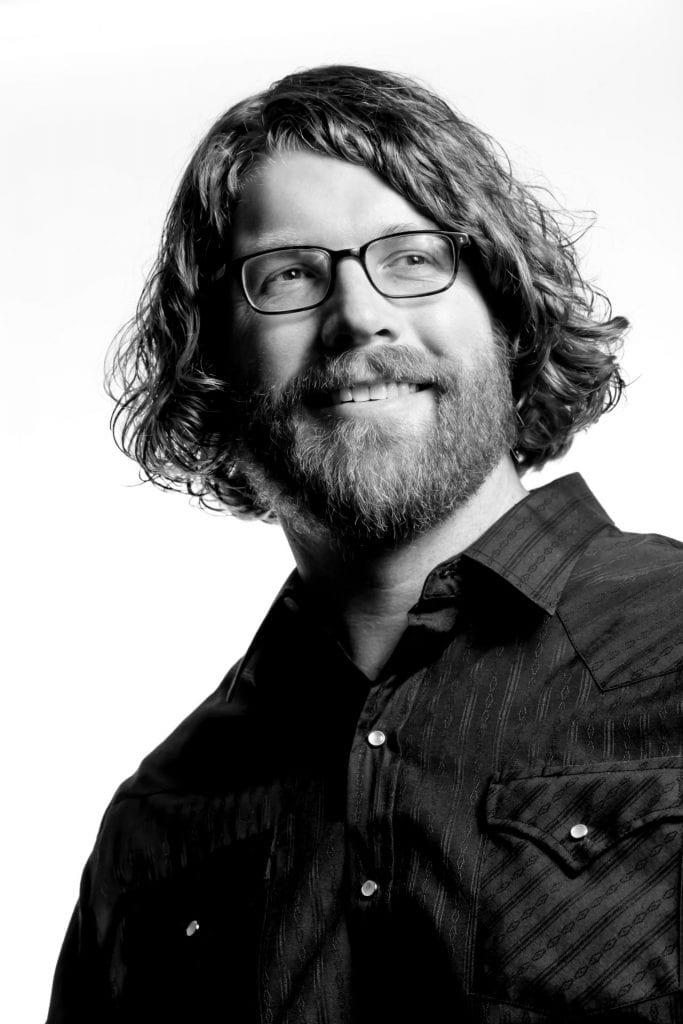Temerlin Advertising Institute students recently competed in the 16th annual National Student Show and Conference (NSSC), sponsored by the Dallas Society of Visual Communications Foundation. The team of Kell Klopp and Allie Hartman won three awards: Best Overall Copywriting, Best of Advertising Category: Integrated Campaign, and Best of Advertising Category: Copywriting. Isaac Cordova won the prestigious Richard Patrick Memorial Scholarship Prize in Photography, given for the best body of photography work. The participants received their awards at the first NSSC virtual awards gala on April 25.
“This is an exceptionally competitive and prestigious show, and it’s a huge honor just to have your work accepted, let alone win,” said TAI Lecturer Mark Allen. “This year, we had more entries accepted than ever before and won more awards than ever before. We’re incredibly proud of these students!”
The NSSC began in 1957 as a one-day regional competition to give North Texas communication arts students the opportunity to showcase their work, and in the 1970s became the Dallas Society of Visual Communications Student Show. While there were many national competitions for established industry professionals, there were few competitions for up-and-coming students. In response, the DSVC Student Show transformed from a small, regional contest into a three-day national competition and conference in 2004. Now known as the NSSC, it is the largest advertising and design competition for students in the country, offering over $20,000 in cash prizes and scholarship awards.
The three-day event typically features keynote speakers, breakout sessions and portfolio reviews followed by a dinner reception and awards gala. However, due to the coronavirus, the conference was canceled and the gala was moved online this year.
Allen participated in the DSVC Student Show when he was a student in the late ’90s. He has taught in the Temerlin Advertising Institute since 2003, and was first brought on to help start the creative program for art directors and copywriters.
“I knew the NSSC was a great place for us to get our name out there and to get our students recognized,” said Allen. “I started encouraging students to compete back when I first came to SMU in 2003, and we’ve been participating ever since. The DSVC also holds a professional show around the same time every year; my fellow advertising colleague Professor Willie Baronet and I have both participated and have been fortunate enough to be recognized for some of the work we’ve done as art directors and designers over the years. It might be a ‘regional’ show but it’s got a national reputation.”
Allen played an influential role in the competition itself this past year.
“For years the only advertising categories that the NSSC recognized were the traditional big three: print, radio and television. So I worked with the DSVC to add several new advertising categories that reflect current industry standards: interactive, out-of-home, experiential and others,” he said.
He also influences his students to consider participating.
“I am the cheerleader who is always telling students to enter their work,” he said, noting that getting one’s work and name recognized with the best of the industry can help propel careers. “I also help them figure out strategically what the best categories are for them to enter. It’s easy if you have a commercial – you put it in the commercial category. But if you have an integrated campaign that has several different pieces, it can be tougher to decide where they should go. Once we do, the students take it from there.
“The work primarily comes out of the Creative Specialization classes that Willie and I teach like Concepting, Portfolio and Advanced Portfolio, but more and more we’re also getting work into the show from students in our Graphic Design minor,” he said.
Allen said that while he was thrilled with his students’ performance at the competition, the feeling was bittersweet knowing he would soon say goodbye to his graduating seniors.
“I’m just really proud of our students for all kinds of reasons,” he said. “Our program is at a really sweet spot where we’ve got a lot of energy and talent; we’ve got a truly exceptional group all-around right now. You’d figure that we’d get used to this by now, but every year we miss our students when we have to send them off.”
The SMU winning entries are as follows:
Best Use of Copywriting ($500)
Grammarly—Kell Klopp ’20 and Allie Hartman ’20
Best of Category: Copywriting ($200)
Grammarly—Kell Klopp and Allie Hartman
Best of Category: Integrated Campaign ($200)
Grammarly—Kell Klopp and Allie Hartman
Richard Patrick Memorial Scholarship ($2,500)
Smile Reversal (photography series)—Isaac Cordova ’21
Kell Klopp and Allie Hartman’s Grammarly campaign also won Best Copywriting in TAI’s Portfolio Night & Exhibition. In addition, it is featured on Ads of the World, an advertising archive and community that showcases creative advertising from around the world.

“We thought a lot about when it is necessary to use Grammarly and found that the truth is Grammarly is all around the easiest way to be the best you can be,” said Klopp and Hartman in a joint statement. “We wanted our ads to show how simple of an app it is while highlighting the importance of using Grammarly.
“It’s not easy being an advertising student, and to be able to have our work awarded like this means a lot to us. We work hard and try our best, and we couldn’t do such amazing work without our outstanding professors,” the duo said.
The NSSC was the first competition in which Isaac Cordova has entered his Smile Reversal series.

“This photographic series explores the emotions we feel behind closed doors, going beyond the mask of ‘picture-perfectism,’” said Cordova. “On a path to become my most authentic self, this series came to life as I became more and more uncomfortable with how people wear a ‘mask’ meant to hide how they really feel inside. There is nothing more beautiful than a genuine expression.
“Winning the overall photography award at the NSSC is beyond rewarding. I’m proud to represent SMU and I take it as a sign to never stop creating!” Cordova said.
Altogether, nine SMU entries were accepted into this year’s competition. The full list of accepted work is as follows:
Integrated Campaign Category
Grammarly—Kell Klopp and Allie Hartman
Kong Chew Toys— Kell Klopp and Megan Cruikshank ’19
Out-of-home Category
Beyond Meat—Sam Smith ’21, Avery Bouch ’21 and Elijah Niemczyk ’21
Video / Commercial Category
Diptyque—Anna Rose Corell ’21 and Gaëlle Gachelin ’19
SelfControl App—Kell Klopp and Megan Cruikshank
Vinyl Me, Please—Charlie O’Brien ’20 and Will Sutter ’21
Copywriting Category
Grammarly—Allie Hartman and Kell Klopp
Kong Chew Toys—Kell Klopp and Megan Cruikshank
Photography Category
Smile Reversal (series)—Isaac Cordova
 This study finds that bystanders are motivated to act when hope, more so than shame, messaging is utilized. “Social marketers would benefit from crafting domestic violence prevention messages that are framed with a strong hope appeal, i.e., a positive outcome of saving the victim will be achieved by calling the helpline,” Dr. Sid explains. For bystanders, hope is the key to motivating action through goals, agency, and pathways; therefore, marketers have to integrate these three components in their messaging. In other words, saving the victim from further abuse (goal) can be achieved by providing a helpline number (pathway), and the anonymity and ease of calling the helpline will increase motivation to help (agency).
This study finds that bystanders are motivated to act when hope, more so than shame, messaging is utilized. “Social marketers would benefit from crafting domestic violence prevention messages that are framed with a strong hope appeal, i.e., a positive outcome of saving the victim will be achieved by calling the helpline,” Dr. Sid explains. For bystanders, hope is the key to motivating action through goals, agency, and pathways; therefore, marketers have to integrate these three components in their messaging. In other words, saving the victim from further abuse (goal) can be achieved by providing a helpline number (pathway), and the anonymity and ease of calling the helpline will increase motivation to help (agency).






























































